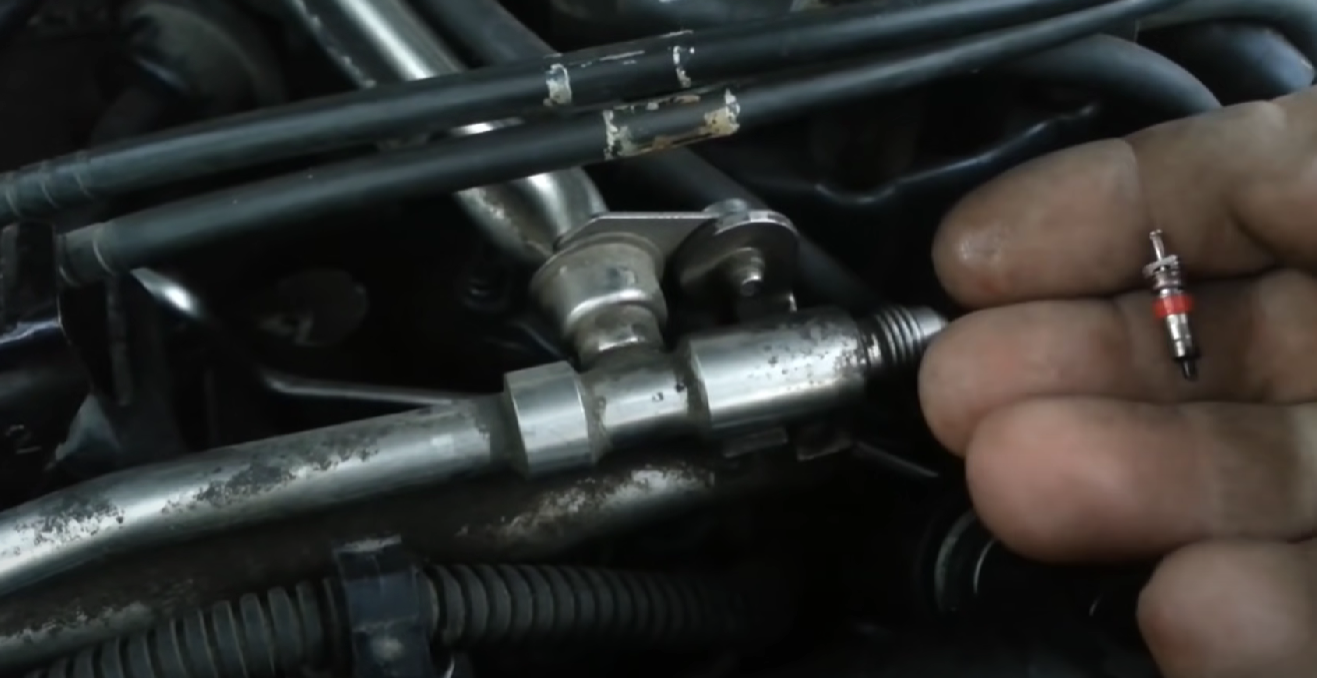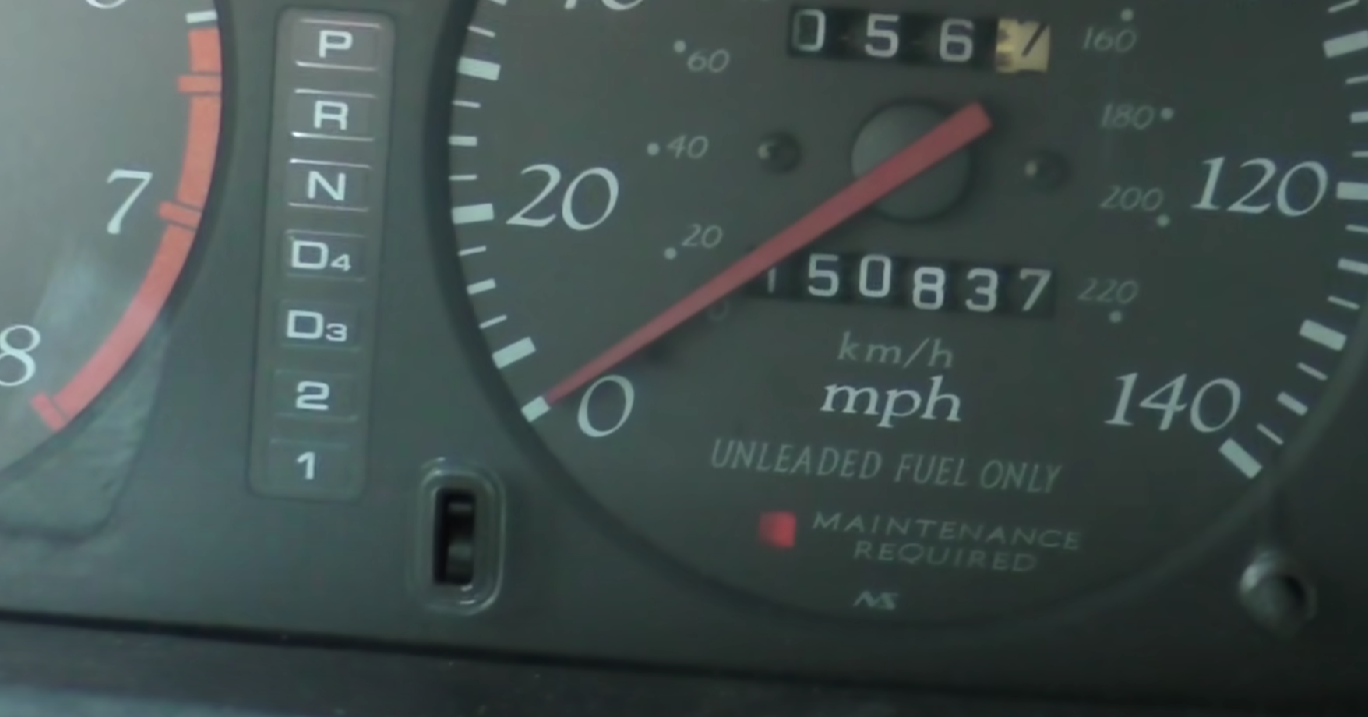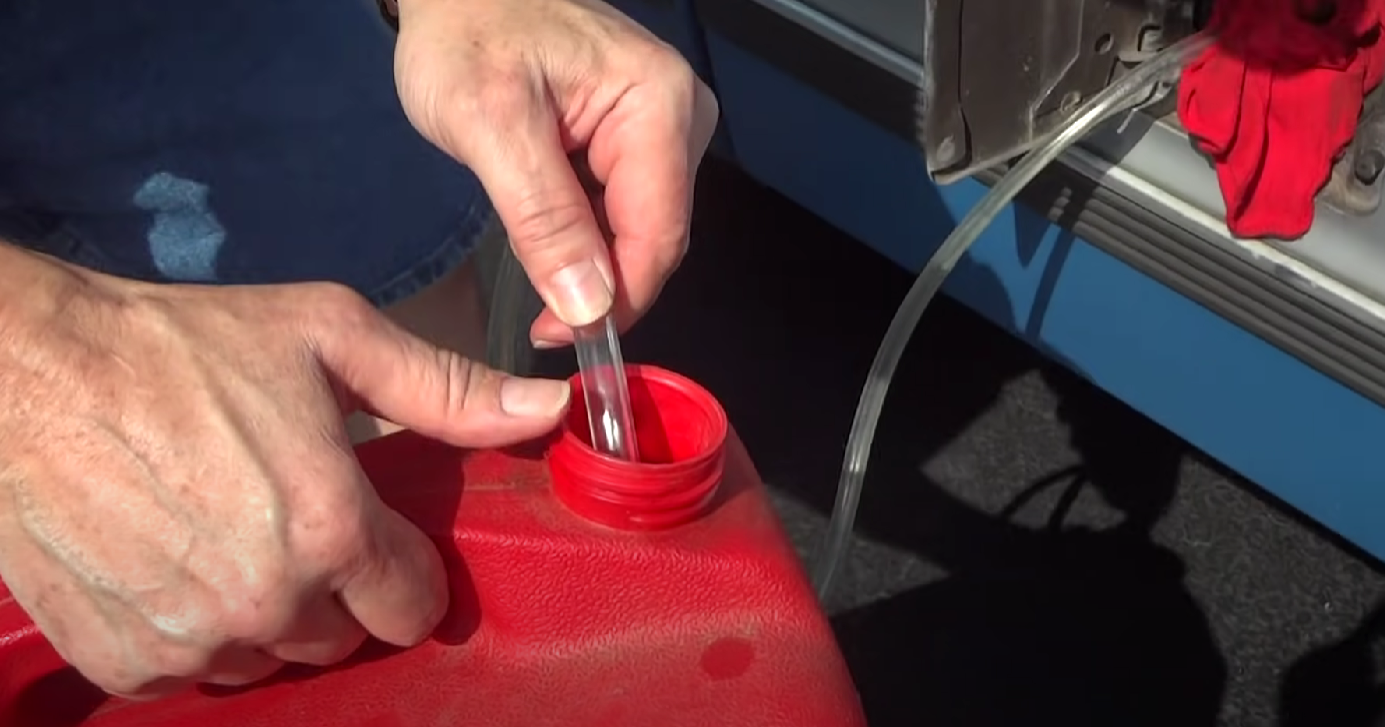Dealing with a fuel tank that needs to be drained can be a daunting task, whether it’s due to contamination, maintenance, or repairs. Understanding the costs involved in draining a fuel tank is essential for individuals and businesses seeking professional assistance for this crucial task.
In this article, we’ll tackle the expenses associated with draining a fuel tank and more.
How Much Does It Cost to Drain a Fuel Tank?
The cost of draining a fuel tank can vary significantly, typically ranging from $200 to $500. The final price hinges on factors such as whether the tank requires removal and the quantity of diesel fuel involved.
However, when diesel fuel manages to infiltrate the fuel line or engine, the repair expenses can skyrocket to a hefty $1,500 to $2,000. It’s crucial to consider these potential additional costs, as they can significantly impact the overall budget required for rectifying the situation.
What is the Importance of Draining the Fuel Tank?
Draining the fuel tank may not be a task that comes to mind often, but its significance should not be underestimated. Whether you’re facing accidental fuel contamination or scheduled maintenance, understanding the importance of draining the fuel tank is crucial.

Below are the various reasons why draining the fuel tank is essential and the benefits it provides.
Removing Contaminants
One primary reason for draining the fuel tank is to remove contaminants. Over time, sediments, water, and impurities can accumulate in the tank, jeopardizing the performance and longevity of your vehicle.
Draining the tank allows for the elimination of these harmful elements, ensuring that clean fuel flows through the system and prevents potential engine damage.
Preventing Engine Damage
Accidental fuel contamination can occur due to misfueling or external factors such as water intrusion. When contaminated fuel enters the engine, it can lead to various issues, including clogged fuel lines, fuel filter damage, and even engine misfires.
By promptly draining the fuel tank, you can prevent these contaminants from reaching critical engine components, ultimately safeguarding your engine and avoiding costly repairs.

Resolving Fuel System Issues
Draining the fuel tank can also play a vital role in resolving fuel system issues. If you encounter fuel-related problems such as fuel pump failure or injector blockages, draining the tank allows for a comprehensive inspection of the fuel system.
It enables technicians to assess and diagnose the root cause of the issue accurately. Additionally, draining the tank can aid in removing any trapped air or debris that might be hindering the proper functioning of the fuel system.
Facilitating Maintenance and Repairs
During certain vehicle maintenance procedures or repairs, draining the fuel tank becomes a necessary step. For instance, if you’re replacing a fuel pump, or fuel filter, or working on the fuel lines, draining the tank ensures a safer and more efficient process.
It prevents fuel spillage and reduces the risk of accidental ignition, allowing technicians to work on the fuel system with peace of mind.
Optimizing Fuel Efficiency
A clean fuel system contributes to better fuel efficiency. By draining the fuel tank and removing contaminants, you ensure that your engine receives the proper fuel-to-air ratio. This optimizes combustion and maximizes fuel efficiency, resulting in improved mileage and reduced fuel consumption.

Regularly draining the tank as part of your vehicle maintenance routine can help you save money on fuel costs in the long run.
What Factors Influence the Overall Cost of Draining a Fuel Tank?
The cost of draining a fuel tank can vary depending on several factors. From the complexity of the task to the presence of contaminants, understanding the elements that influence the overall cost is essential. Below are the key factors that can impact the price tag associated with draining a fuel tank.
Tank Removal and Accessibility
The method of draining the fuel tank greatly affects the overall cost. If the tank can be accessed easily without the need for removal, the process is relatively simpler and less time-consuming, resulting in a lower cost.
However, if the tank requires dropping or removal to access the fuel, additional labor and time are involved, driving up the overall price.
Fuel Type and Quantity
The type of fuel in the tank and the quantity present can also impact the cost. Diesel fuel, for example, tends to be more expensive to drain compared to gasoline due to its different properties and potential contamination issues.
Additionally, the amount of fuel in the tank influences the complexity and time required for draining. Larger quantities may necessitate specialized equipment or multiple draining cycles, increasing the cost.

Contamination and Additional Repairs
If the fuel tank is contaminated with substances like water, sediments, or foreign particles, the cost of draining may escalate. The presence of contaminants often requires additional steps such as fuel system flushes or component inspections, which can contribute to a higher overall price.
Moreover, if the contaminated fuel has reached the fuel lines or engine, additional repairs or part replacements may be necessary, further impacting the cost.
Professional Expertise and Labor Rates
The expertise and experience of the professionals performing the fuel tank draining play a role in determining the cost. Labor rates can vary depending on location, service provider, and their level of specialization.
Highly skilled technicians may charge a higher rate for their expertise, while rates may differ between dealerships, independent repair shops, or specialized fuel system service centers [1].

Geographic Location
Geographic location can also influence the cost to drain a fuel tank. Prices for services, including labor and parts, can vary depending on the region or country. Factors such as local market competition, cost of living, and availability of specialized services can all impact the overall price.
Conclusion
When it comes to draining a fuel tank, the cost can range from a few hundred dollars to a couple thousand, depending on various factors.
From tank removal to contamination levels, each element plays a role in the final price tag. Being aware of these factors allows you to navigate the expenses with confidence and plan accordingly.

